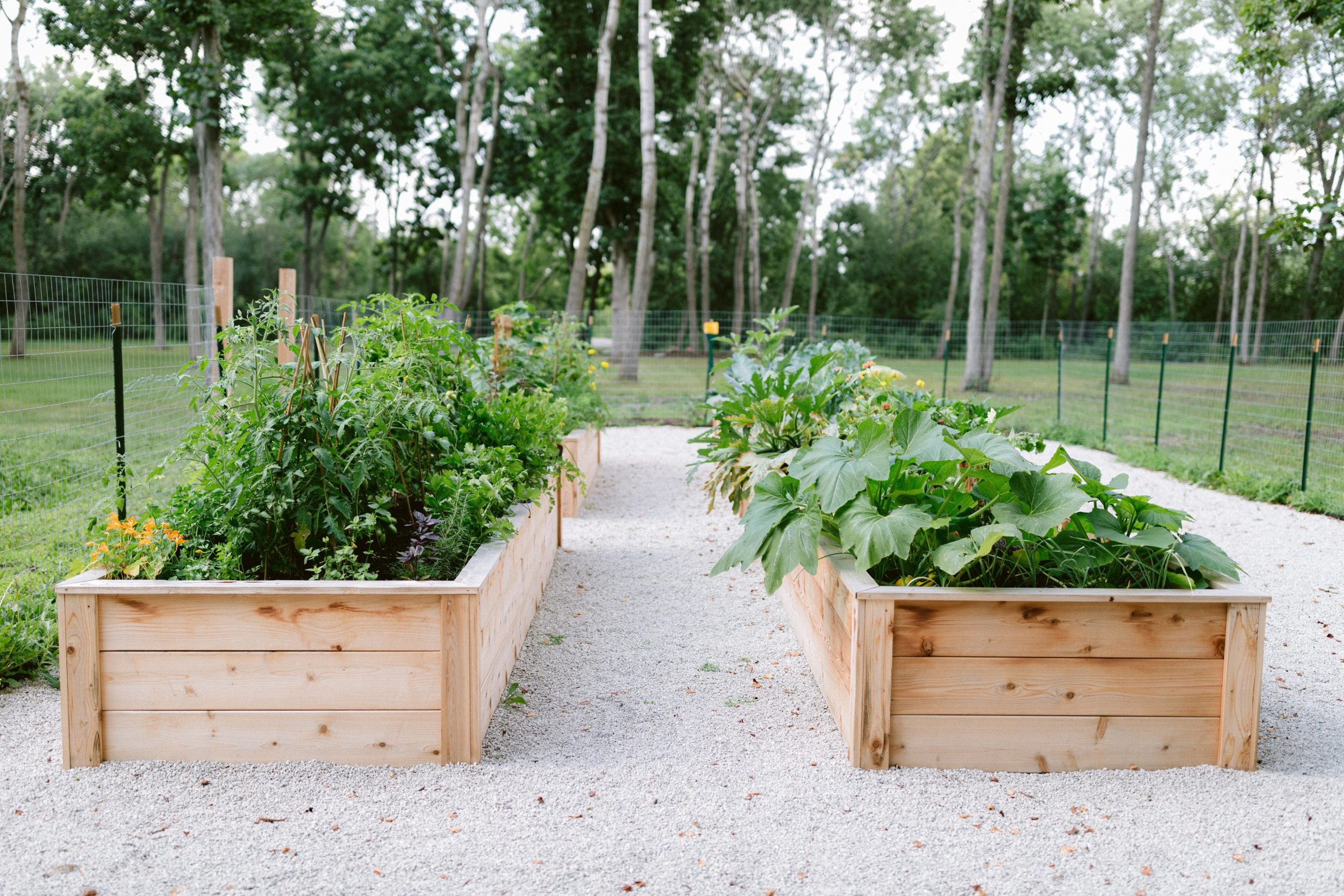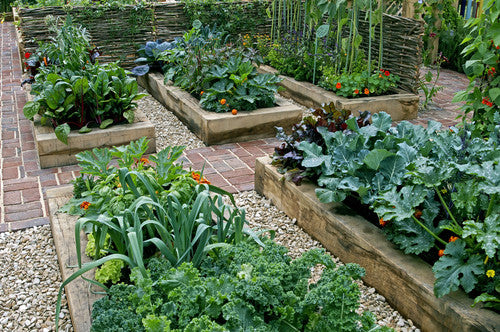Watering and Soil Management Tips for Homestead Gardening
Learn How to Cultivate a Thriving Horticulture Setting for All Skill Degrees
Producing a prospering yard is a diverse venture that can be embraced by people at any ability level. By checking out vital elements such as soil health, ideal plant option, and seasonal care routines, one can develop a sustainable horticulture practice that yields enjoyable outcomes. Understanding how to assess and enhance your yard area lays the foundation for success. The complexities of applying these principles often existing obstacles that can prevent also the most enthusiastic novice. What methods can be employed to get rid of these obstacles and promote a genuinely thriving setting?
Recognizing Your Yard Space
In the realm of horticulture, recognizing your yard area is paramount to cultivating a prospering landscape (Homestead Gardening). The very first step in this undertaking involves evaluating the certain characteristics of your plot. Aspects such as dirt structure, sunshine direct exposure, and drainage play vital duties in establishing the suitability of your yard for various sorts of plants
Begin by conducting a soil test to evaluate pH degrees and nutrition material, which will certainly notify any kind of essential changes. Additionally, observe just how much sunlight your room gets throughout the day. Various plants have differing light demands; some prosper in complete sunlight, while others prefer partial or complete color.

Last but not least, evaluate the readily available room and strategy appropriately. This includes taking into consideration plant elevations and spread to guarantee sufficient room for growth without congestion. By gaining a comprehensive understanding of your garden room, you established the foundation for a successful horticulture experience.
Selecting the Right Plants
Picking the right plants for your yard requires careful factor to consider of different variables, consisting of environment, soil conditions, and individual preferences. Start by analyzing your neighborhood climate, as specific plants thrive specifically temperature ranges and climate patterns. Exotic plants may not survive in chillier regions, while sturdy perennials can withstand harsh wintertimes.

Consider your individual preferences, consisting of aesthetic allure and maintenance degrees. Decide whether you favor dynamic blossoms, lush vegetation, or edible crops. Furthermore, consider the moment and initiative you are prepared to purchase plant care, as some ranges require more interest than others.
Last but not least, think regarding the yard's layout and light exposure. Sunlight patterns throughout the day will certainly affect your choices-- some plants need complete sun, while others flourish in shade. By thoughtfully analyzing these elements, you can produce a efficient and unified garden tailored to your atmosphere and preferences.
Important Gardening Devices
A well-equipped gardener can considerably improve their gardening experience and results. Necessary horticulture devices are essential to growing an effective garden, no matter skill level. A durable spade is invaluable for excavating and transforming dirt, while a trowel permits for exact planting and transplanting of smaller sized plants.
Trimming shears are crucial for preserving plant health by removing dead or overgrown branches, advertising much better air blood circulation and development. Furthermore, a hand rake serves for clearing particles and freshening the soil, ensuring optimum problems for plant roots.
Gardening handwear covers secure hands from chemicals, thorns, and sores, making them a necessary accessory. A watering can or hose with a flexible nozzle guarantees that plants receive ample wetness without overwatering.
Lastly, think about investing in a tough wheelbarrow for delivering soil, plants, and devices around the yard successfully. By putting together a top quality toolkit that consists of these necessary things, garden enthusiasts can take on different jobs with self-confidence and ease, leading the way for a growing gardening setting. Remember, the right devices not only boost efficiency however also improve the total enjoyment of the horticulture procedure.
Soil Prep Work and Maintenance
Quality dirt is the structure of an effective yard, making proper prep work and maintenance important for healthy and balanced plant development. Based on the examination results, amendments can be made to optimize soil conditions for certain plant needs.
Incorporating organic matter, such as compost or well-rotted manure, is necessary for boosting dirt framework and fertility. This not only boosts vitamins and mineral schedule but also promotes advantageous microbial activity. In addition, proper drain is important; heavy clay soils may require the addition of sand or perlite to improve special info aeration.
Routine maintenance of dirt wellness includes mulching, which conserves moisture and reduces weeds. Moreover, revolving crops every year assists stop nutrient exhaustion and lowers parasite and illness dangers. It is also vital to stay clear of over-tilling, which can interrupt soil framework and damage beneficial organisms.
Ultimately, a regular check my blog commitment to soil prep work and upkeep will lead to a prospering yard, guaranteeing that plants receive the crucial nutrients they need for durable growth and productivity.
Seasonal Treatment and Administration

In springtime, concentrate on growing new seeds and seed startings, while likewise conducting dirt tests to modify nutrient deficiencies. Regularly look for pests and illness, as these can proliferate with the warming weather. Summer season demands constant watering and mulching to preserve wetness, in addition to pruning for much better air blood circulation.
As autumn strategies, it's time to prepare the garden for inactivity. This consists of harvesting crops, cleansing up debris, and applying a layer of compost to secure plant roots from frost. Think about growing cover crops to enrich the dirt throughout the cold weather.
Finally, winter months treatment is essential. Check frameworks like greenhouses for damages and guarantee appropriate insulation for delicate plants. Regularly keep track of for go right here pests that may look for refuge inside your home. By adjusting your horticulture techniques to the seasonal cycles, you can promote a flourishing atmosphere that supports plant health and wellness year-round.
Final Thought
To conclude, growing a successful garden requires a thorough understanding of important principles such as soil structure, sunlight exposure, and appropriate plant selection. Implementing effective dirt prep work and upkeep strategies, in addition to making use of the right devices, cultivates an optimum expanding setting. Normal seasonal treatment and administration practices further enhance plant wellness and performance. By adhering to these foundational standards, people in any way skill degrees can attain a flourishing garden that adds to both visual satisfaction and ecological sustainability.
Choosing the right plants for your yard needs mindful factor to consider of various variables, including environment, dirt problems, and personal choices. Conduct a soil examination to identify pH degrees and nutrition web content, which will guide you in choosing plants that will grow in your garden.Finally, consider spending in a durable wheelbarrow for transporting dirt, plants, and devices around the garden successfully.Quality soil is the structure of an effective garden, making correct preparation and upkeep essential for healthy and balanced plant growth. Homestead Gardening.In final thought, growing a successful garden calls for a detailed understanding of important concepts such as dirt composition, sunlight direct exposure, and ideal plant selection